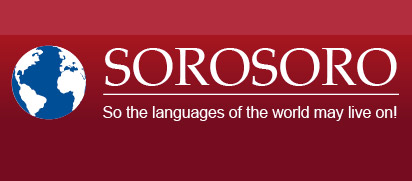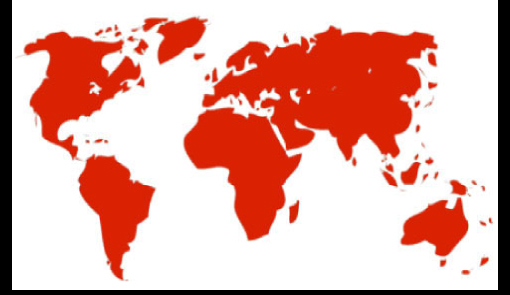Print  |
|


Language families in Asia
Among the families of Asian languages, there is the Sino-Tibetan family which includes Mandarin. It is the second language family in the world in terms of number of speakers (after the Indo-European family).
As for the rest, the Austro-Asiatic languages (among them the Vietnamese language), the Tai-Kadai, Hmong-mien, Mongolian, Turkish, Tungus languages, the Dravidian languages of southern India and the almost extinct languages of Kamchatka show great diversity.
Many families of languages spoken in Asia have another particularity: they are transcontinental, that is to say, they are spoken in both Asia and other continents.
- Andamanese Languages
- Afro-Asiatic Languages
- Austro-Asiatic Languages
- Austronesian language family
- Border languages
- Northeast Caucasian Languages
- Northwest Caucasian Languages
- South Caucasian Languages
- Cendarawasih or Eastern “Geelvink Bay” languages
- Dravidian languages
- Hmong-Mien Languages
- Indo-European Languages
- Japonic languages
- Mongolic Languages
- Uralic or Finno-Ugrian Languages
- Sino-Tibetan languages
- Tai-Kadai languages
- Chukotko-Kamchatkan Languages
- Tor-Kwerba languages
- Tungusic Languages
- Trans-New-Guinea languages
- Turkic Languages
- Yukaghir Languages
- Portuguese-based Creole languages
◊◊◊◊◊◊








